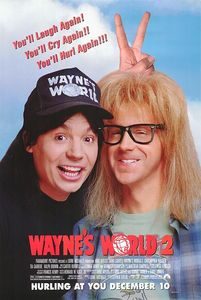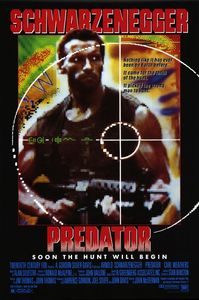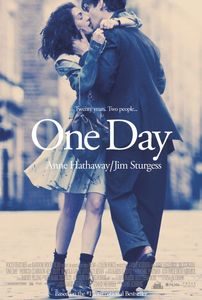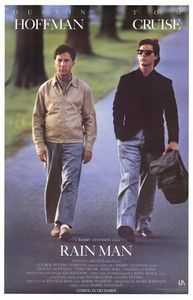Wayne’s World 2 (1993)
(Second viewing, On TV, December 2016) Recognizably cut from the same cloth as the first Wayne’s World, this sequel treads more or less the same style of silly comedy, although it’s really not quite as fresh or good as the original. As the plot devolves into jealousy and music festival mechanics, while avoiding some of the most amusing fourth-wall-breaking of the original, the result isn’t as memorable as its predecessors. (While I was able to quote from the original for years, I remembered maybe two jokes from the sequel.) Mike Myers, Dana Carvey and Tia Carrere return from the original and are in fine form—even though much of Kim Basinger’s subplot feels far too long and is only redeemed by its last joke. Good bits include Charlton Heston being shoved in the film as a better actor, but too often, the film falls in love with its own jokes and runs them into the ground long after they’ve stopped being amusing. Wayne’s World 2 is an adequate follow-up to the first film, but not essential. It hasn’t aged as well, and clearly anticipates issues that would dog later Mike Myers films.














![Mei ren yu [The Mermaid] (2016)](https://www.christian-sauve.com/wp-content/uploads//mei-ren-yu-2016-214x300.jpg)